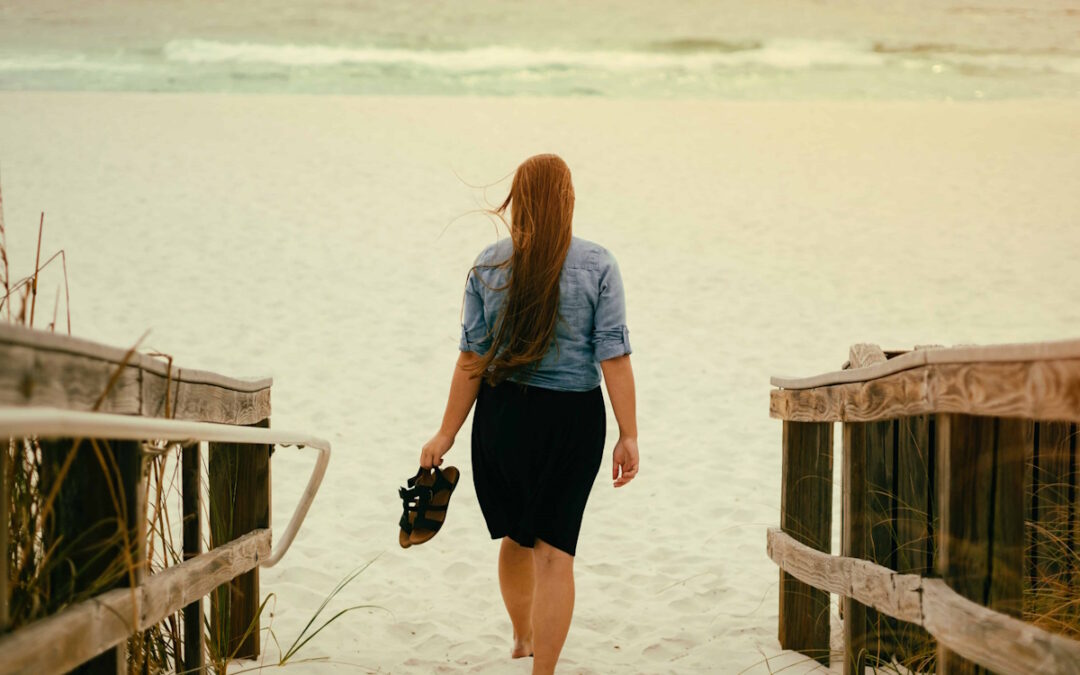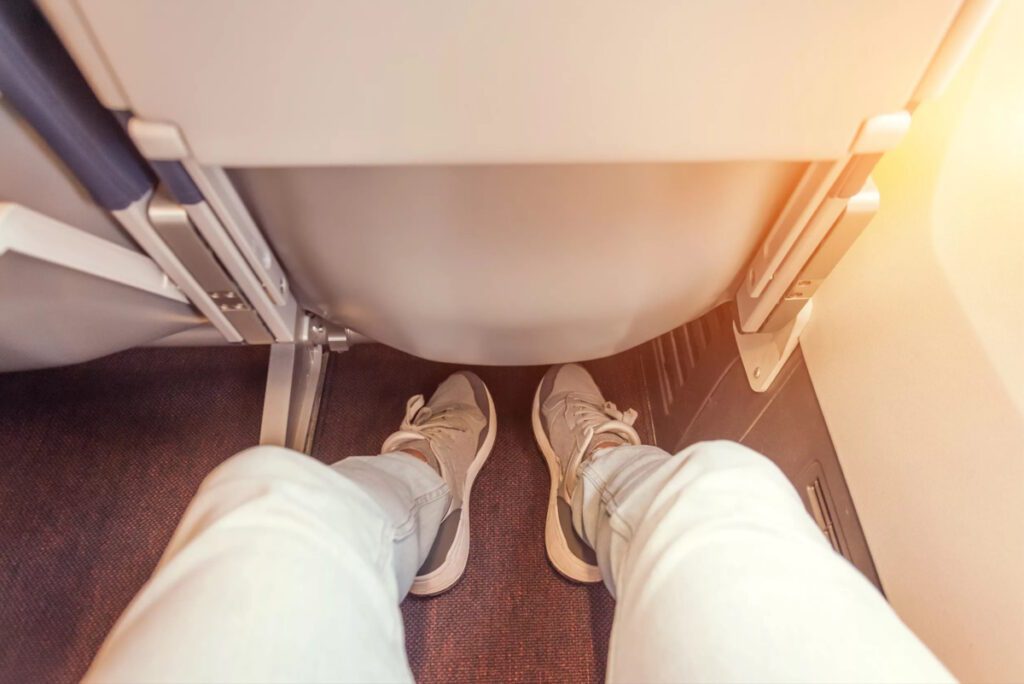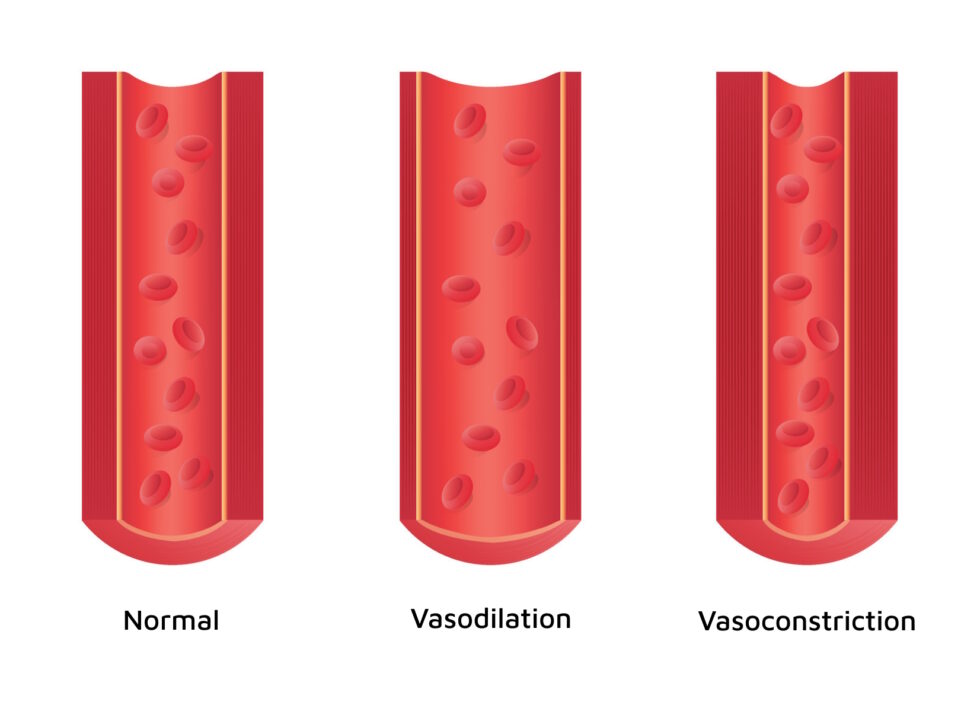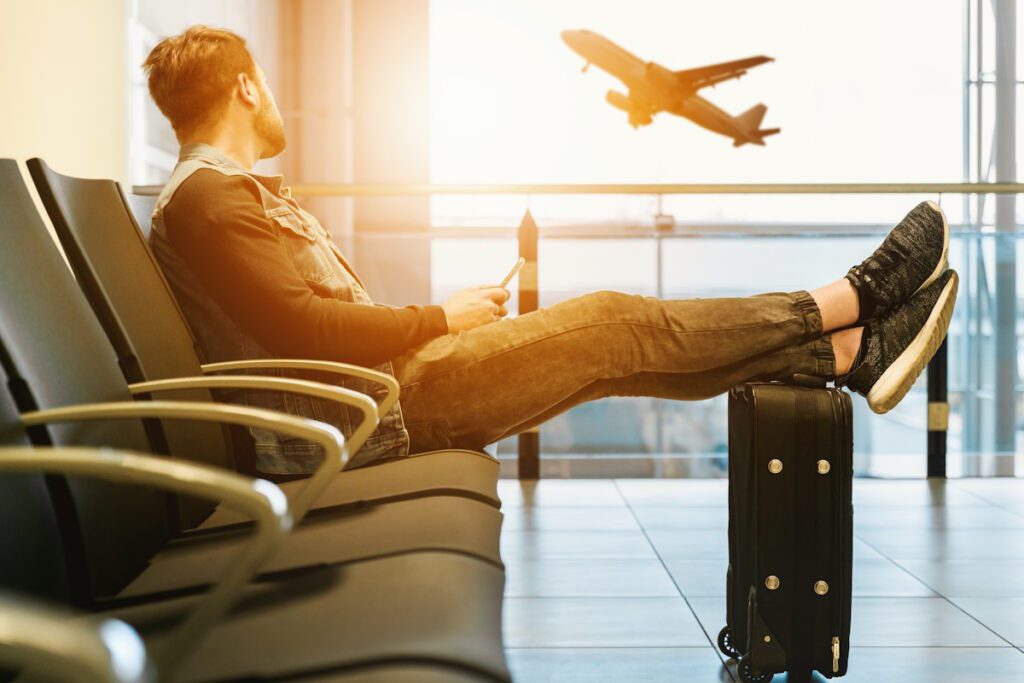7 Tips for Vacationing With Varicose Veins
Author: StrideCare Internal Team

Jessica* has been looking forward to her family’s long-awaited trip to Hawaii. Her husband brought up the idea three years ago, and everyone has been counting down the minutes now that the big day is only a week away. That includes Jessica, though she can’t help but worry about whether or not vacationing with varicose veins is a good idea. More than just a cosmetic annoyance, Jessica constantly battles on-again, off-again tired and painful legs. On some days, it’s all she can think about, and she’s heard long-distance traveling can make symptoms worse and possibly too risky for people in her situation. The last thing she wants is to ruin a perfectly good vacation.
An average of one in every three adults over the age of 45 develops some form of vein disease, typically in the form of varicose veins, which affects roughly 25 million men and women in the United States. Symptoms can range from a simple cosmetic annoyance to a debilitating condition. And for many of these individuals, summer vacations don’t do them any favors, thanks to long airplane flights, limited leg room in the car, and lots of extra time on their feet.

If you are battling the same concerns as you prepare for your summer travels, please know that it is possible to have a safe and enjoyable vacation despite your uncomfortable varicose veins. With that said, you should plan ahead to ensure your trip goes smoothly and that you don’t worsen your symptoms.
Are You Worried These Symptoms Will Ruin Your Vacation?
- Tired, heavy legs
- Throbbing or stabbing pain
- Unexplained leg swelling in your feet and ankles
- Numbness and tingling
- Visible spider veins or varicose veins
- Muscle cramps
- Skin sensitivity (itching, tenderness, rashes)
- Discomfort when sitting or standing for a long time
- Burning sensations
How Are Varicose Veins Affected By Vacationing?
Veins serve a specific purpose of sending blood from the legs back up to the heart. As we age, these veins can malfunction due to damage to the valves. As a result, blood flows forward but also backward, in the wrong direction (reflux). The flow reversal leads to pooling of backed-up blood, which then causes the veins to bulge, stretch, and enlarge. This is what is known as varicose veins.
When we say varicose veins, we are talking about blue or dark purple veins that are lumpy, bulging, or twisted in appearance. They are typically found on the legs but can also surface on the face and pelvis. Varicose veins are not considered a serious medical condition and may be painless. In fact, some people don’t experience any symptoms and are more concerned about how their legs look while on vacation.
If left untreated eventually people with varicose veins can experience, achiness, throbbing, and numbness while their painful legs become worse.
Patients tell us their varicose veins tend to be more uncomfortable during summer vacation and there are multiple reasons for this.

Vasodilation
With vasodilation, our blood vessels widen as a result of the relaxation of the blood vessel’s muscular walls. Consequently, blood flow is enhanced to areas of the body that lack oxygen and nutrients. During the summer or when someone is exposed to warmer temperatures, vasodilation increases blood flow toward the skin to cool the body. But there’s also a downside.
As previously mentioned, when the body is struggling to send blood from the legs back up to the heart, blood flows backward and begins to pool. And when extra vasodilation is going on at the same time, more blood accumulates in these critical areas of the body. With nowhere to go, the symptoms of painful legs only get worse.
Sitting or standing for long periods
Either of these activities can wreak havoc on your existing varicose vein issues, especially while traveling in a car or by plane where you’re forced to sit for long periods. As previously mentioned, our veins provide pathways for blood to travel through our bodies and reach essential organs. Standing too much puts pressure on our veins and can cause them to enlarge. Conversely, sitting around too much only makes it harder for our veins to continue circulating blood—leading to many of the uncomfortable symptoms above.
As a result, it’s important to be smart about how your plan vacationing with varicose veins.
7 Tips for Vacationing With Varicose Veins

- Get up and move around — If you’re on a long road trip in the car, the tendency might be to power through without stopping and get to wherever you’re going faster. But all this does is cut off circulation to your legs, causing issues with your veins to be worse. Allow enough time to stop every 30 minutes or so to walk around and improve blood circulation. If you’re on a plane, try your best to get up every so often to stretch and walk around.
- Wear compression socks — Compression socks apply gentle pressure to improve circulation, reduce swelling, and help support painful legs during long car rides, plane flights, and standing on your feet for a long time.
- Stay hydrated — Dehydration causes tissues to swell and muscles to cramp. Conversely, drinking lots of water while on vacation keeps your muscles hydrated and keeps your vein walls from narrowing. Staying hydrated also prevents constipation, which also stresses the venous system.
- Follow a healthy diet — Vacations are meant for eating lots of delicious foods that aren’t always good for you. But when you suffer from painful varicose veins, these tasty items can only make your symptoms worse. A proper diet helps maintain blood circulation, cardiovascular health, and the ability to lose weight. Options include vegetables, fruits, and fiber-rich foods.
- Foot flexing — If you are stuck sitting down longer than you like, keep your veins and muscles active with simple foot flexes. This exercise is as simple as pulling your toes back toward your body and then pointing your feet downward. Do this with each foot as often as possible, including 10-second pauses at the top and bottom of each movement.
- Wear loose clothing — Many people don’t realize how easily blood flow can be restricted by clothing that’s too tight in the waist, legs, and upper thighs. This is especially true during long car rides and plane flights. Loose is always better when trying to promote more blood flow in your legs during vacation.
- Elevate your legs — Studies consistently show that elevating legs for 30 minutes at least four times a day can decompress lower extremity veins and improve symptoms of painful legs. Elevating legs uses gravity to your advantage by allowing blood that has pooled in your extremities to drain away.

StrideCare Is Your Varicose Veins Expert!
Varicose veins don’t have to be dangerous—especially on vacation. In some cases, they don’t cause issues beyond being a cosmetic annoyance. However, so many people are better served by having them checked and potentially treated by one of our expert physicians. Early intervention can help avoid painful symptoms such as tired and heavy legs as well as eliminate the threat of life-altering blood clots.
And the good news is that finding someone to help in your area is easier than ever. StrideCare was the first independent vascular and interventional radiology practice in North Texas. Since then, the practice has grown significantly and has expanded the specialty team to include vascular surgeons and vein specialists.
The team of specialists at StrideCare are on the cutting-edge of medicine, helping patients avoid traditionally long invasive surgeries used in the past to treat vascular disease. Procedures take place at in-office or outpatient settings. Patients suffering from a multitude of vascular conditions that include venous insufficiency, varicose veins, spider veins, diabetic vascular disease, venous ulcers, peripheral artery disease, leg discoloration, lymphedema, restless legs syndrome, and more can benefit from these minimally invasive treatments.
Prior to starting any new treatment or questions regarding a medical condition, always seek the advice of your doctor or other qualified health provider. This information is not a substitute for professional medical advice.
StrideCare serves the South Texas area including Houston, San Antonio, Austin, Round Rock, Bastrop, Brushy Creek, Cedar Park, Converse, Georgetown, Hutto, Kyle, Leander, Marble Falls, New Braunfels, Pasadena, Pearland, Pflugerville, San Marcos, Schertz, Houston, Sugar Land, Katy, Webster, Bay City, Clear Lake, Lake Jackson, The Woodlands, Universal City, Spring, Kingwood, Stafford, Conroe, Texas City, Cypress, League City, Bellaire, and more.
*Patient stories are true. Names and/or photos may be changed to protect patient confidentiality.


